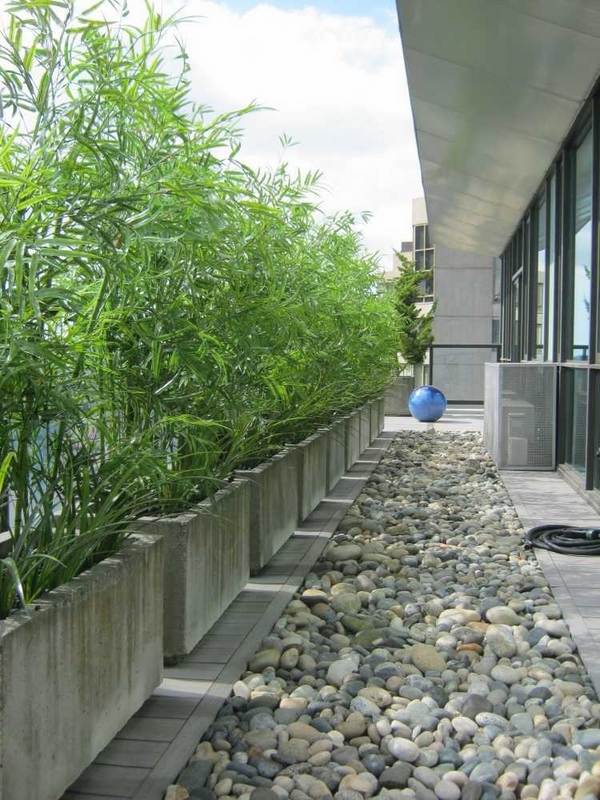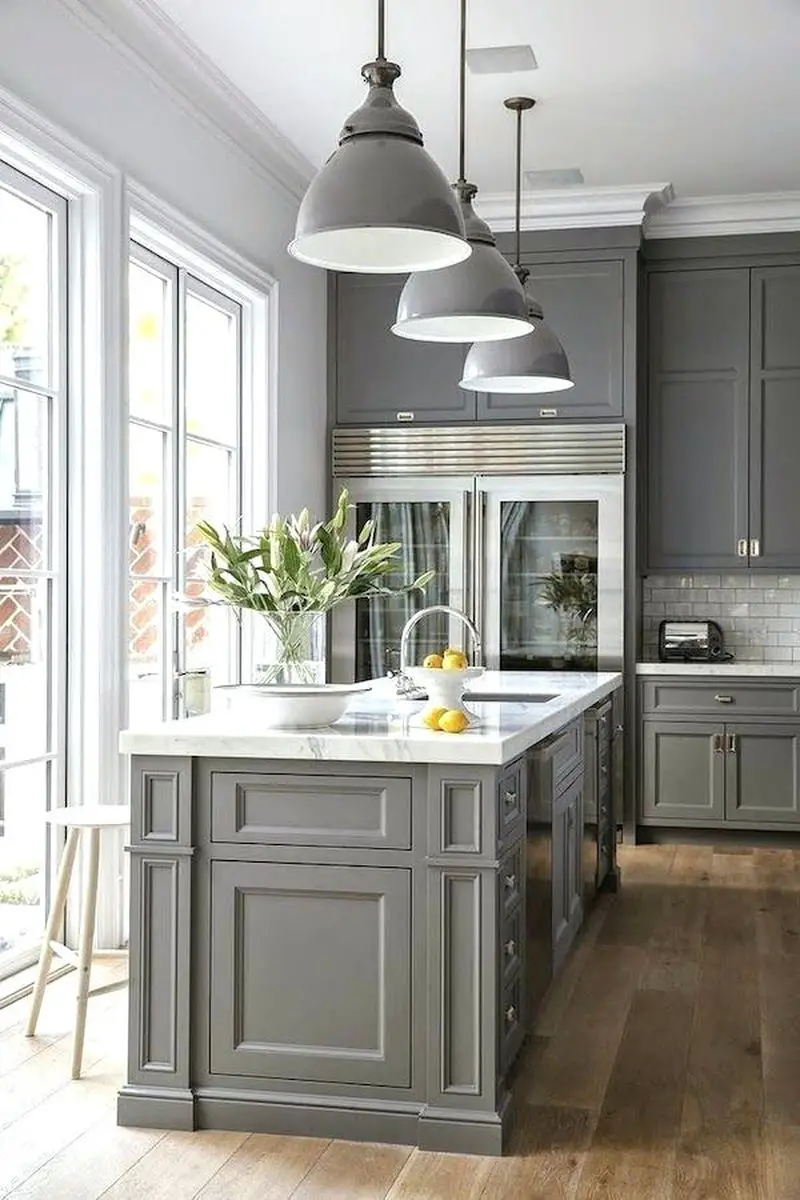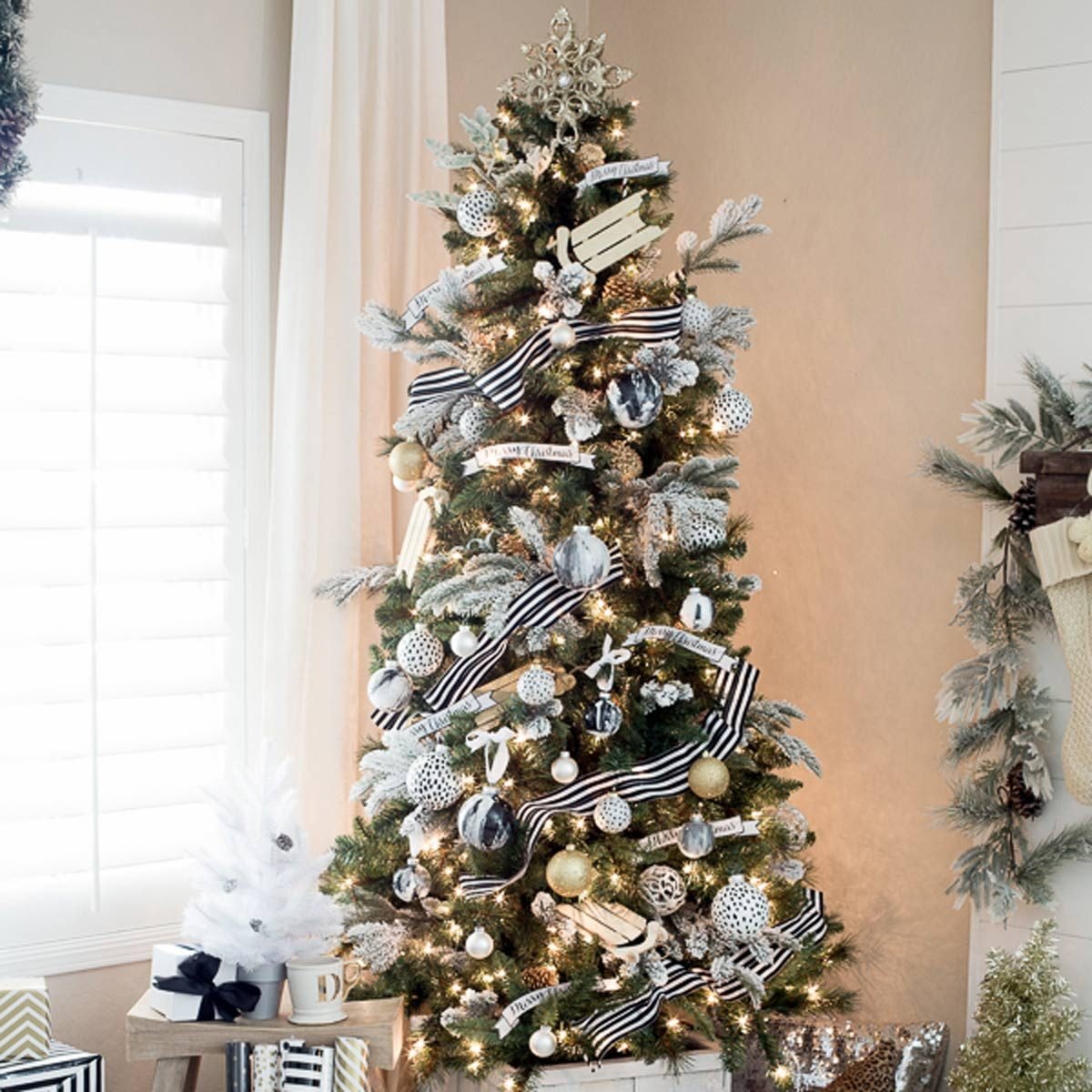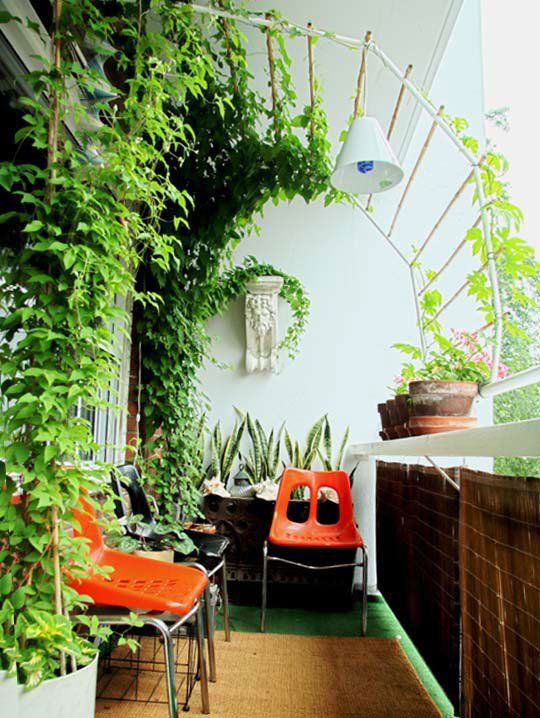Since they grow tall and narrow, cypress is ideal for planting in a row to create a screen. But if you want to have a shorter and more manageable hedge, five to 10 feet apart is better.
Screening Plants For Privacy, Pruning, trimming, and clipping privacy bushes; There are many benefits to using screening plants as a natural barrier for privacy and reducing neigbourhood noise.

You wouldn’t think that a succulent like the agave could provide privacy. Here’s a list of shrubs and trees that we have growing in the nursery that we consider good screening plants for privacy. Plants have always been used to create shelter, offer privacy or screen out unwanted views, define boundaries and divide the space within. This screening plant is a compact grower, so it requires very little pruning.
Able to provide you with the privacy you�re looking for, it grows up to five metres tall.
Certain types of clematis (marked group 3 on the plant label) will cover a trellis or pergola in quick time too if you cut the ends back in early spring to encourage thicker growth. You wouldn’t think that a succulent like the agave could provide privacy. There are many benefits to using screening plants as a natural barrier for privacy and reducing neigbourhood noise. But if you want to have a shorter and more manageable hedge, five to 10 feet apart is better. These hedge plants also form dense clumps without invading the surrounding areas, which means that you can grow them in smaller spaces. Viburnums have been popular in australia for decades as a screening plant.
 Source: deavita.net
Source: deavita.net
To create a privacy screen or windbreak, place your containers about 15 feet apart. Evergreens with large foliage or evergreen conifers with branches that extend to the ground are the most useful for privacy. Horsetail grass is one of the most popular ornamental grasses and a good screening plant. Viburnums have been popular in australia for decades as a screening.
 Source: pinterest.com
Source: pinterest.com
Benefits of planting privacy bushes; Get rid of nosy neighbors with privacy plants. Green columnar juniper (juniperus chinensis) emerald green arborvitae (thuja occidentalis) Horsetail grass is one of the most popular ornamental grasses and a good screening plant. Choose a variety of different plants for your privacy screen rather than many plants of a single kind.
 Source: correctlydesign.com
Source: correctlydesign.com
They peak at ten to fifteen feet when. Get rid of nosy neighbors with privacy plants. If you want a bush that is more compact and do not mind waiting a bit longer, �emerald green� arborvitae is a better option. Artificial ivy leaves are natural looking to provide every indoor or outdoor space a blooming, earthy feel without the need.
 Source: matthewmurrey.com
Source: matthewmurrey.com
A good choice for large privacy hedges is the fast grower �green giant�, which can reach 50 to 60 feet tall (with a spread of 12 to 20 feet). They provide shade and a softened visual wall for privacy. This tall ornamental grass comes. Using bamboo as shrubs is advantageous. Privacy plants, or screening plants, serve as a living privacy.
 Source: hortzone.com
Source: hortzone.com
Flame amur maple hegde apart from hedges and bushes, like those above, many also consider climbing plants for their screens. These hedge plants also form dense clumps without invading the surrounding areas, which means that you can grow them in smaller spaces. Get rid of nosy neighbors with privacy plants. Nothing will impress you more than these tall plants, majestic.
 Source: ncgreenprints.com
Source: ncgreenprints.com
Since they grow tall and narrow, cypress is ideal for planting in a row to create a screen. To create a privacy screen or windbreak, place your containers about 15 feet apart. Viburnums have been popular in australia for decades as a screening plant. It makes a tough privacy screen or windscreen that is salt tolerant and grows best in.
 Source: blog.zabitat.com
Source: blog.zabitat.com
For empty vertical spaces, whether fences, wire screening or unused space, a vistafolia green wall can provide a privacy screen for overlooked or open gardens whilst creating a relaxing atmosphere. Choose from one of these fast growing popular tried and proven screening plants. Screens with a variety of plants are more resilient to diseases, pests, and climate challenges. For the.
 Source: alexnld.com
Source: alexnld.com
They create a sound barrier to reduce noise and act as a windbreak to protect against harsh winds. It makes a tough privacy screen or windscreen that is salt tolerant and grows best in full sun. Choose a variety of different plants for your privacy screen rather than many plants of a single kind. They peak at ten to fifteen.
 Source: pinterest.com
Source: pinterest.com
They provide shade and a softened visual wall for privacy. They create a sound barrier to reduce noise and act as a windbreak to protect against harsh winds. Choose from one of these fast growing popular tried and proven screening plants. These hedge plants also form dense clumps without invading the surrounding areas, which means that you can grow them.
 Source: pinterest.com
Source: pinterest.com
Fences make good neighbors, but so do trees and shrubs — at least trees and shrubs acting as fences! It can also be grown effectively in large containers. But, these plants get surprisingly large. Since they grow tall and narrow, cypress is ideal for planting in a row to create a screen. Here’s a list of shrubs and trees that.
 Source: hooksandlattice.com
Source: hooksandlattice.com
Research by the university of sussex and the university of southampton revealed that the leylandii confier, grown as a hedge, filters out 40% more particulate pollution matter than traditional. If you want a bush that is more compact and do not mind waiting a bit longer, �emerald green� arborvitae is a better option. Plants have always been used to create.
 Source: greenearth-landscapes.com
Source: greenearth-landscapes.com
Our most popular plants used for screening are: A single plant can be used to mask your view of distant objects, such as a gas meter or a neighbor’s trash cans. A good choice is the viburnum tinus, a small leaf evergreen that grows to about 3.5 metres. Privacy plants, or screening plants, serve as a living privacy fence to.
 Source: englishgardens.com
Source: englishgardens.com
Choose from one of these fast growing popular tried and proven screening plants. Viburnums have been popular in australia for decades as a screening plant. Flame amur maple hegde apart from hedges and bushes, like those above, many also consider climbing plants for their screens. For the best results, plant in full sun, but generally appreciates some light afternoon shade.
 Source: trexfurniture.com
Source: trexfurniture.com
To create a privacy screen or windbreak, place your containers about 15 feet apart. They peak at ten to fifteen feet when. Artificial ivy leaves are natural looking to provide every indoor or outdoor space a blooming, earthy feel without the need for watering,use zip ties or tape to install, it can be cut to get the size and shape.
 Source: topbambooproducts.com
Source: topbambooproducts.com
Flame amur maple hegde apart from hedges and bushes, like those above, many also consider climbing plants for their screens. Boxwood is an ideal evergreen choice for privacy plants that you want to keep in pots and planters. If you want a bush that is more compact and do not mind waiting a bit longer, �emerald green� arborvitae is a.
 Source: blessingland.com
Source: blessingland.com
A good choice is the viburnum tinus, a small leaf evergreen that grows to about 3.5 metres. Plants have always been used to create shelter, offer privacy or screen out unwanted views, define boundaries and divide the space within. Horsetail grass is one of the most popular ornamental grasses and a good screening plant. Flame amur maple hegde apart from.
 Source: deavita.net
Source: deavita.net
Privacy plants, or screening plants, serve as a living privacy fence to provide privacy from street traffic and neighbors. A good choice for large privacy hedges is the fast grower �green giant�, which can reach 50 to 60 feet tall (with a spread of 12 to 20 feet). They provide shade and a softened visual wall for privacy. Its attractive.
 Source: gardeningknowhow.com
Source: gardeningknowhow.com
Certain types of clematis (marked group 3 on the plant label) will cover a trellis or pergola in quick time too if you cut the ends back in early spring to encourage thicker growth. For the best results, plant in full sun, but generally appreciates some light afternoon shade in hot summer climates. There are many reasons why people like.
 Source: pinterest.com
Source: pinterest.com
Able to provide you with the privacy you�re looking for, it grows up to five metres tall. They provide steady growth and literally plug the gaps. That said, leyland cypress is a popular choice for privacy fences. Fences make good neighbors, but so do trees and shrubs — at least trees and shrubs acting as fences! A good choice for.
 Source: swansonsnursery.com
Source: swansonsnursery.com
Many new cultivars are being bred for bluer color, variegation, and more feathery foliage. A single plant can be used to mask your view of distant objects, such as a gas meter or a neighbor’s trash cans. They peak at ten to fifteen feet when. You wouldn’t think that a succulent like the agave could provide privacy. Our most popular.
 Source: pinterest.com
Source: pinterest.com
A variety of options are provided in the list below. A good choice is the viburnum tinus, a small leaf evergreen that grows to about 3.5 metres. Many new cultivars are being bred for bluer color, variegation, and more feathery foliage. Certain types of clematis (marked group 3 on the plant label) will cover a trellis or pergola in quick.
 Source: mygardenlife.com
Here’s a list of shrubs and trees that we have growing in the nursery that we consider good screening plants for privacy. You have many options available to you if you are wondering what to plant for privacy. For the best results, plant in full sun, but generally appreciates some light afternoon shade in hot summer climates. Flame amur maple.
 Source: pinterest.com
Source: pinterest.com
Many new cultivars are being bred for bluer color, variegation, and more feathery foliage. Its attractive red growth can also make it a good focal point for your garden. What are the fastest growing screening plants? But if you want to have a shorter and more manageable hedge, five to 10 feet apart is better. Research by the university of.
 Source: bambooplantshq.com
Source: bambooplantshq.com
Able to provide you with the privacy you�re looking for, it grows up to five metres tall. Prioritize native plants and avoid invasive ones such as bamboo and japanese barberry. If you need to create privacy, need to mask an ugly view or want to create some natural divisions in your garden, plants that have a screening effect can be.
 Source: omglifestyle.com
Source: omglifestyle.com
Flame amur maple hegde apart from hedges and bushes, like those above, many also consider climbing plants for their screens. Artificial ivy leaves are natural looking to provide every indoor or outdoor space a blooming, earthy feel without the need for watering,use zip ties or tape to install, it can be cut to get the size and shape you want,.








